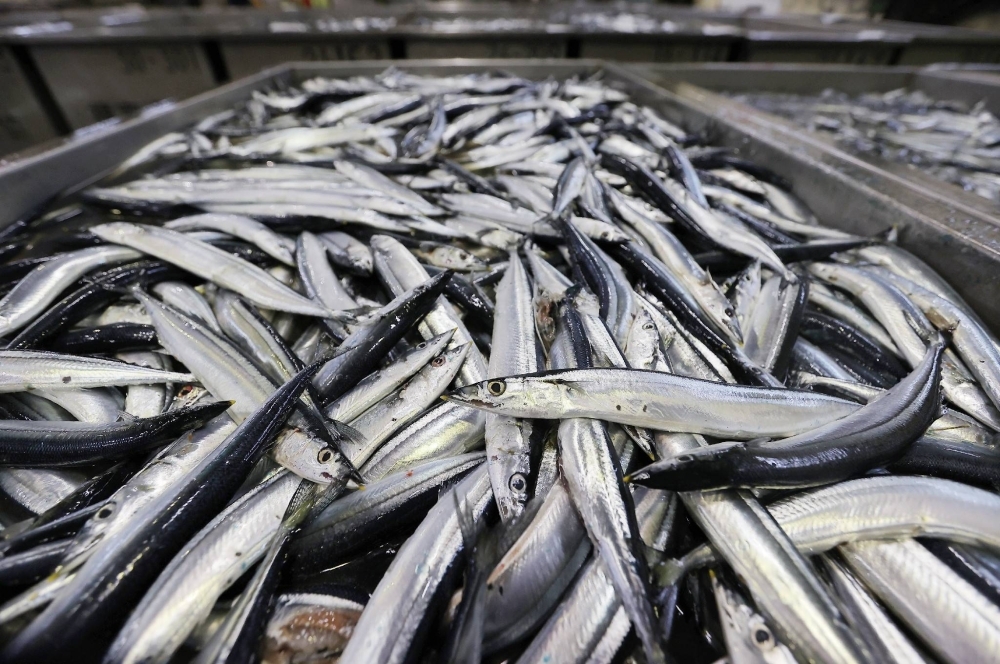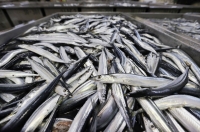Japan and eight other economies agreed on a new rule Thursday that reduces the 2024 catch quota for saury in the high seas in the northern Pacific to 135,000 metric tons from 150,000 metric tons.
The nine economies, meeting in the city of Osaka for an annual gathering of the North Pacific Fisheries Commission (NPFC), agreed to introduce the rule to calculate catch quotas based on scientific evidence.
The agreement means that "the overall quota will be automatically decided based on the state of resources," Takumi Fukuda of the Japanese Fisheries Agency told reporters after the four-day meeting.
The nine economies, also including China, Russia, South Korea and Taiwan, also agreed to lower the annual catch quota for the entire northern Pacific, including within countries' jurisdictions, from 250,000 metric tons to 225,000 metric tons.
China was initially reluctant to adopt the new rule but agreed to it in the end, according to the Japanese agency. "We'll make efforts for a better form of resource management," Fukuda said.
The NPFC's saury catch quota for the high seas has been gradually reduced in response to declining resources, from 330,000 metric tons in 2020 to 198,000 metric tons in 2021 and 2022. For 2023 and 2024, the quota had initially been set at 150,000 metric tons for the high seas and at 250,000 metric tons for the whole northern Pacific.




